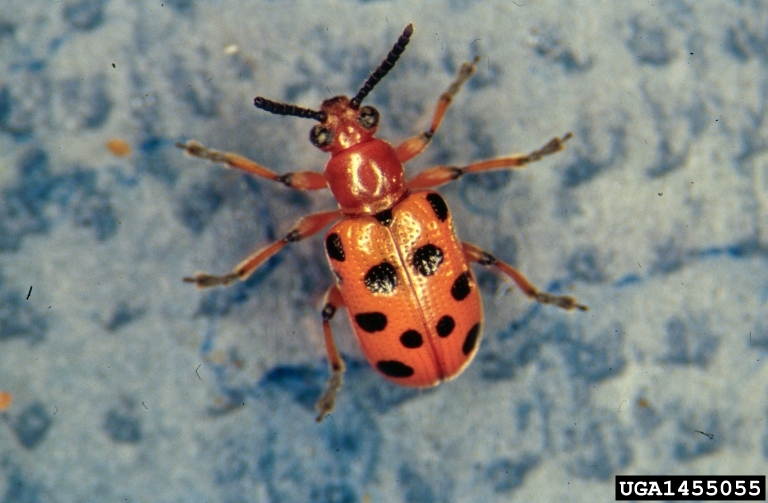Asparagus
Description
Asparagus, Asparagus officinalis, is an herbaceous perennial plant in the family Asparagaceae which is grown for its young shoots, or spears, which are eaten as a vegetable. The asparagus plant is tall with scale like leaves emerging from the underground stem (rhizome) and has stout stems and feathery foliage. The flowers are bell shaped and occur alone or in pairs. They are green-white to yellow in color. After flowering, a round red berry is formed with 1 to 6 black seeds. Asparagus can live for 20 or more years and can attain a height between 100–150 cm (39.4–59.1 in). Asparagus originates from Europe, northern Africa, and western Asia.
Crop Details
Scientific Name: Asparagus officinalis
Uses & Benefits
Asparagus spears can be eaten raw or cooked. They are low in calories and very low in sodium. Asparagus is a particularly good source of vitamin B6, calcium, magnesium , zinc, vitamin A, vitamin C, vitamin E, vitamin K, thiamin, riboflavin, rutin, niacin, folic acid, iron, phosphorus, potassium, copper, manganese, selenium, chromium, dietary fiber, and protein.
Propagation
Basic requirements
Asparagus grows best in regions with hot days and cool nights and requires 90–150 days of cold temperature to break dormancy. It will grow in most soils as long as they are well-draining and will grow optimally at a pH between 6.5 and 7.0. Asparagus should be planted in a sunny location in the home garden and it is best to avoid low lying areas as a late frost will cause damage to newly emerged spears.
Growing from seed
Growing asparagus from seed is more time consuming and labor intensive than growing from divided crowns. If growing from seed, be aware that you will be unable to harvest the spears for longer than if grown from crowns (spears can generally be harvested in the third year after planting). Asparagus seeds should be sown indoors 12 to 14 weeks before planting outside. This should be timed so that the outdoor planting date is after all danger of frost for your area. Seeds should be sown in mix, planting 0.6 cm (0.25 in) deep. The seeds should be kept moist, but not wet and will germinate in approximately 3 weeks. Seedlings should be fully hardened off prior to planting outdoors, using a cold frame where possible.
Transplanting
The asparagus nursery bed should be prepared in advance by digging deeply to break up the soil and incorporating plenty of organic matter such as well-rotted manure and by blending a complete fertilizer into the soil just prior to transplanting. Plant the seedlings 25 to 38 cm (10-25 in) apart in a trench approximately 10 cm (4 in) deep. The trench should be gradually filled in as the seedlings grow. Keep the soil moist by providing about 2.5 cm (1 in) of water weekly. Once the plants are established, irrigation is generally only required in very dry areas due to the deep root system that the plant produces. It is important to control weeds as not only will it prevent any competition with the asparagus plant but it will also ensure that the young spears can be seen and harvested at the correct time. The asparagus plants should be transplanted to their final planting site in the second year following the directions for planting crowns (below).
Planting crowns
When purchasing asparagus crowns, choose disease-free, 1 year old crowns from a reputable grower. All-male hybrids tend to be produce more spears than females and are a good choice for growing at home. Crowns should be planted once the soil has warmed to 10°C (50°F). Dig a trench 12 to 15 cm (5-6 in) deep and add super phosphate fertilizer to provide the crowns with nutrients immediately after planting. Position the crowns in the trench 30 to 45 cm (12-17 in) apart. It does not matter how the crown are oriented in the trench as they will grow regardless. Backfill the trench to the original level. If planting more than one row, allow at least 1.5 m (5 ft) between rows. New spears should begin to emerge from the soil within a week of planting. Avoid harvesting the spears until the following year. Allowing the ferns to develop and provide energy for the crown to produce spears the following year.
Harvesting spears
Allow asparagus ferns to remain until the Spring before cutting or mowing them back to the ground to allow new spears to grow. The new spears are ready to harvest when they reach 17 to 22 cm (7-9 in) in length. The spears can simply be snapped by hand close to the ground. The spears can be harvested every 2 to 4 days for a period of 4 to 6 weeks in the second year (third year if grown from seed). Avoid over-harvesting as this will decrease the yield the following year. The harvest can be extended in the third year (fourth for seed grown plants) to 6-8 weeks.


















